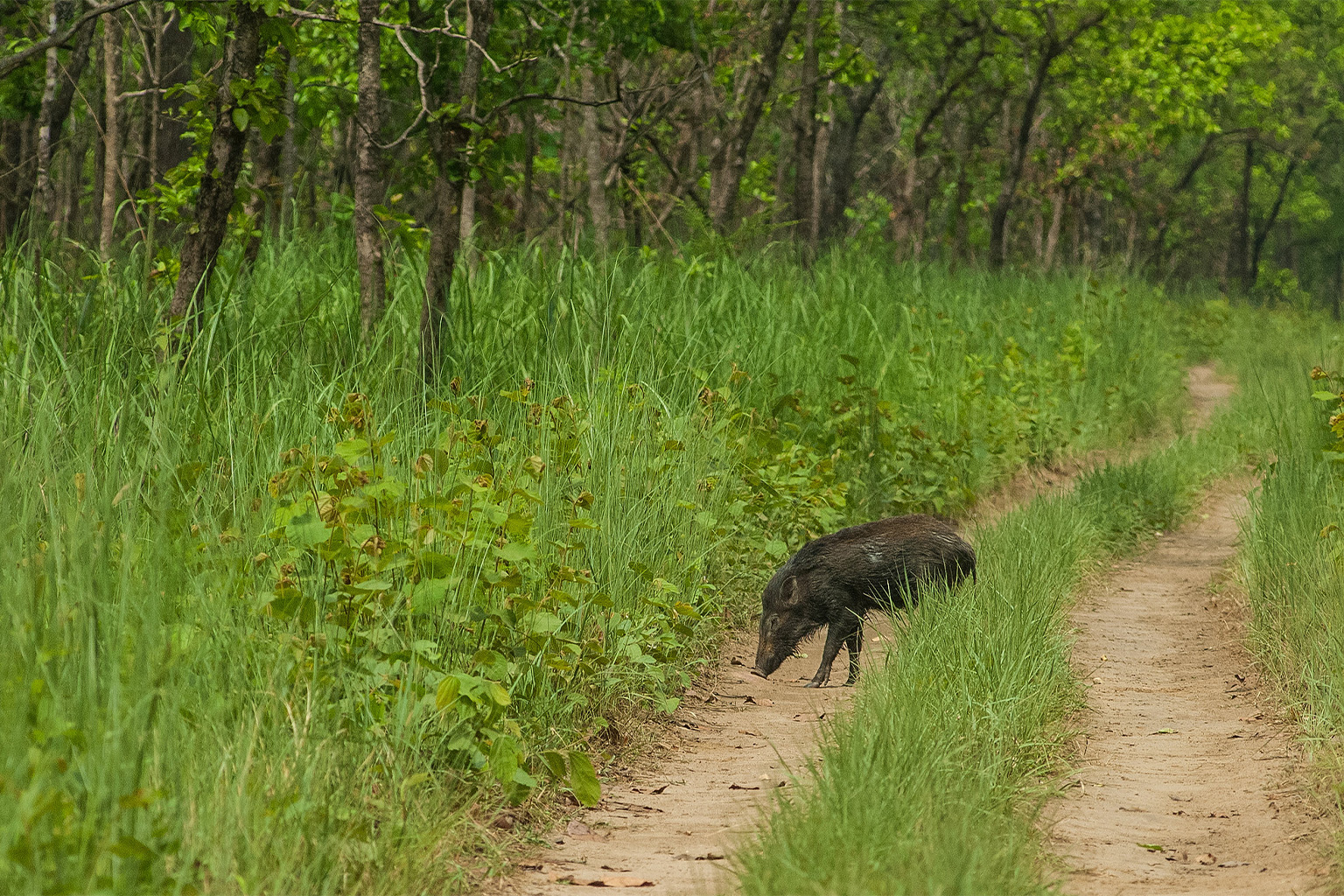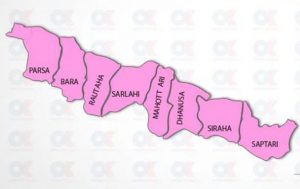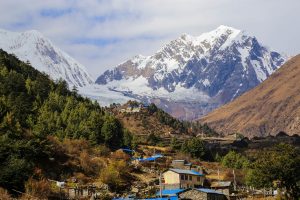
Whenever someone talks to Dev Narayan Mandal about biodiversity and conservation in his native Madhesh province in Nepal, he remembers an incident that took place a few years ago.
“A river in the province had been flooded, and maybe it was for this reason a leopard was displaced,” says Mandal, the founder of Mithila Wildlife Trust. “The villagers thought it was a tiger, and as they had heard in the news about tigers killing people, they killed the animal thinking that it would kill them if it were allowed to roam around freely.”
Incidents such as these show that the people of Madhesh province in Nepal, which lies in the southeastern plains, have been left out of biodiversity conservation and research-related activities, conservationists say, adding that this has created a knowledge and awareness gap in the region.
A recent study that reviewed biodiversity conservation and research in Nepal during the last 50 years (1964-2019) found a disproportionately low focus on certain physiographic regions (such as the high Himalayas and Siwalik) ecosystem types (such as wetlands) and non-protected areas. A section of the Siwalik Falls in the province does not have a protected area falling entirely in its area. Similarly, Madhesh province is home to different kinds of wetlands maintained by farmers.
“The common perception among people in the conservation sector is that wild animals live in the jungle, especially protected areas, and that is where they should be studied,” said researcher Hem Bahadur Katuwal. “But most of the land in Madhesh province is used for agriculture,” he added.
Of the country’s total arable land (3,236,239 hectares or about 8 million acres), Madhesh province accounts for 574,360 hectares (1.4 million acres or 17.75 per cent) despite having only 6.6 per cent of the total land area of the country. The proportion of irrigated land to total land area is the highest (28.68 per cent) in the province, which is also known as the granary of Nepal.
The province, delineated after Nepal adopted its federal Constitution, was at the centre of the government’s efforts to resettle people from the rugged terrains of the country’s hills, where growing food was difficult, to the fertile land in the Gangetic Plains in the 1960s. It was for this effort that forested areas in the region were converted to farmlands.
Although some parts of Parsa National Park in the west and Koshi Tappu Wildlife Reserve in the east fall under Madhesh province, it does not have a protected area that falls entirely within its territory. Similarly, Nepal’s main conservation agency, the Department of National Parks and Wildlife Conservation, does not have an office in Madhesh province.
“We only have the presence of the forest department that looks after community forests,” said Mandal. “Their main objective is to extract as much wood from forests as possible,” he added. “They can’t be expected to be concerned about biodiversity conservation,” said Mandal.

Various studies have shown that the province is rich in biodiversity such as farmland birds, rodents and small mammals such as different species of cats. It also falls in the traditional migratory path used by elephants that move east-west and vice versa.
“All these present opportunities for researchers. But most of the research done in Madhesh province has been focused on elephants and snakes,” said Katuwal.
In the last few decades, cases of snake bites in the province have been widely reported in the media.
“Mithila Wildlife Trust is also primarily involved in rescuing snakes that have entered human settlements,” said Mandal.
Various cases of negative human-elephant interactions are also widely reported in the region.
“This happens mainly because the traditional migratory route of elephants is being blocked by dense population settlements. This has also led to the fragmentation of their historical habitat,” Mandal said. Also, as people are not aware of conservation, they tend to perceive wild animals as threats, he added.
Similarly, the issue of human-wild boar and human-blue buck conflict and the unplanned conversion of farmlands into concrete jungles are also causes of concern. A controversial international airport in Nijgadh, limited to paper for the last few decades, has also been seen as a major challenge as large swaths of forests will have to be cleared for it.
Despite the challenges, some researchers have started working in Madhesh province, acknowledging its vast resources. Katuwal and his team have been regularly monitoring the farmland birds in the area. “But there, too, we have encountered massive levels of hunting of small birds such as the yellow-breasted bunting,” he added.
A team led by Hari Sharma, associate professor at Tribhuvan University, Department of Zoology, also conducted a camera trap survey in the province recently. With a final analysis pending, they found 34 species of animals such as tigers, leopards, dholes, Gaurs and sloth bears, among others.
“Our preliminary findings suggest that there is a good possibility to develop a corridor in Madhesh connecting Parsa National Park and Koshi Tappu Reserve,” said Sharma. “If we could achieve that, then we will have connectivity between Chitwan in the west and Koshi in the east,” he added. “This could help conservation in a big way,” he said.
Maheshwor Dhakal, former director-general at the Department of National Parks and Wildlife Conservation, also said he agreed with Sharma.
He said that such a corridor could help boost conservation efforts, especially in the case of elephants, and it would allow wild animals to move freely from central to eastern Nepal.
“When I was director-general, some officials offered suggestions to create the corridor, but the conversation was at a preliminary stage,” said Dhakal.
In addition to the development of a corridor, it is necessary to work on a broad strategic plan to conserve wildlife in Madhesh province, said Sharma. “Madhesh province has been neglected for too long, we need to change that,” he added.
This story first appeared on Mongabay and Onlinekhabar is republishing it under a Creative Commons licence.

























